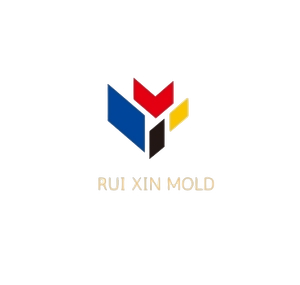
Introduction
Color consistency is a critical aspect of injection molding, especially for manufacturers aiming to produce high-quality plastic products. Variations in color can lead to product rejections, increased costs, and customer dissatisfaction. This article explores the causes of color differences in injection molded products and provides practical solutions for manufacturers to maintain color uniformity.
Causes of Color Differences
- Material Variations
– Resin Quality: Differences in resin batches can lead to color inconsistencies. Variations in the base material’s color or additives can affect the final product’s appearance.
– Colorants: The type and amount of colorants used can significantly impact the color. Inconsistent mixing or incorrect dosages can result in noticeable color differences.
- Processing Conditions
– Temperature Fluctuations: Variations in the molding temperature can cause color changes. Higher temperatures may lead to darker shades, while lower temperatures can result in lighter colors.
– Injection Speed and Pressure: Inconsistent injection speeds and pressures can affect the color uniformity. Rapid changes can lead to streaks or color bands in the final product.
- Mold Design and Maintenance
– Mold Surface: The condition of the mold surface can influence the color. A worn or damaged mold can cause uneven color distribution.
– Ventilation: Poor mold ventilation can lead to trapped air, causing color variations and defects.
Solutions for Controlling Color Differences
- Material Control
– Consistent Resin Supply: Ensure a consistent supply of high-quality resin from reliable suppliers. Regularly test resin batches for color consistency.
– Accurate Colorant Mixing: Use precise mixing equipment to ensure uniform colorant distribution. Implement strict quality control measures to monitor colorant dosages.
- Optimized Processing Conditions
– Stable Temperature Control: Maintain consistent molding temperatures throughout the production process. Use advanced temperature control systems to minimize fluctuations.
– Controlled Injection Parameters: Standardize injection speeds and pressures. Regularly calibrate equipment to ensure consistent performance.
- Mold Maintenance and Design
– Regular Mold Inspection: Conduct routine inspections and maintenance of molds to prevent wear and damage. Ensure the mold surface is clean and free from defects.
– Improved Ventilation: Design molds with adequate ventilation to prevent air entrapment. Regularly clean and maintain ventilation channels.
Conclusion
Maintaining color consistency in injection molded products is essential for plastic mold manufacturers. By understanding the causes of color differences and implementing effective control measures, manufacturers can produce high-quality, uniform products that meet customer expectations. Regular monitoring, quality control, and maintenance are key to achieving consistent color in injection molding.
For more information on controlling color differences in injection molded products, contact RUIXIN Mold at www.dgruixinmold.com
